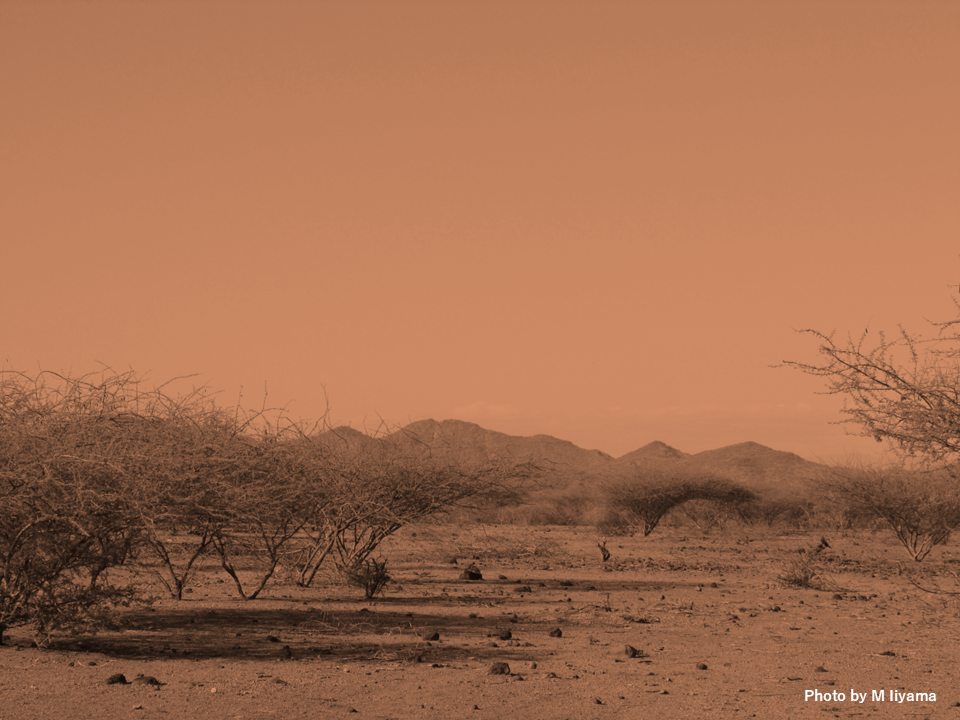Pick Up
1276. Climate Change Amplifies the Severity of Droughts

1276. Climate Change Amplifies the Severity of Droughts
Droughts are one of the most common and complex natural hazards that affect the environment, economy, and population worldwide. Droughts harm vegetation, reduce ecosystem carbon uptake, and cause widespread plant mortality, leading to significant disruptions in ecosystem functioning and biodiversity loss. They also negatively impact crop productivity, exacerbating food insecurity and economic instability.
Climate change is expected to increase the frequency and intensity of droughts, amplifying their impacts on agricultural, environmental, and hydrological systems. Increases in hydrological and agricultural drought severity have been observed in several regions in recent decades due to widespread increases in atmospheric evaporative demand (AED) and regional decreases in precipitation. Future projections from climate models also suggest that drought severity will increase in some regions due to decreased precipitation and increased AED. However, there is significant uncertainty in global drought trends, and there is limited understanding of the extent to which AED has influenced the evolution of drought magnitude, frequency, duration, and area in recent years.
A paper published in Nature found an increasing trend in drought severity around the world by developing an ensemble of high-resolution global drought datasets from 1901 to 2022. The Standardized Precipitation Evapotranspiration Index (SPEI) was applied to the drought index model to effectively represent the supply-demand dynamics of drought through the difference between precipitation and AED, and to quantify the spatial and temporal comparison of AED variations in different world regions and climate conditions.
The findings suggest that AED has increased the severity of droughts around the world by an average of 40%. The area where drought was observed in the past five years (2018-2022) is on average 27% higher, and 74% higher compared to 1981-2017. By region, the area affected by drought increased by 119% in Australia, 163% in southern South America, and 141% in the western United States in 2018-2022 compared to 1981-2017. Similarly, over the past five years, drought areas in East Africa, North Asia, and Europe increased by 75%, 80%, and 56%, respectively.
The severity of drought in 2022 was at a record level compared to the 1981-2022 period, with the widest drought areas (30%), and with moderate to extreme drought in Europe, East Africa, the western United States, and southern South America. Overall, the results show that not only are dry areas becoming drier, but wetter areas are also becoming drier.
The survey results indicate that AED plays an increasingly important role in the occurrence of severe droughts, and this trend is likely to continue under future warming scenarios.
(Reference)
Gebrechorkos, S.H., Sheffield, J., Vicente-Serrano, S.M. et al. Warming accelerates global drought severity. Nature (2025). https://doi.org/10.1038/s41586-025-09047-2
Contributor: IIYAMA Miyuki, Information Program
